Wildlife Tourism: Are We Saving The Tiger?
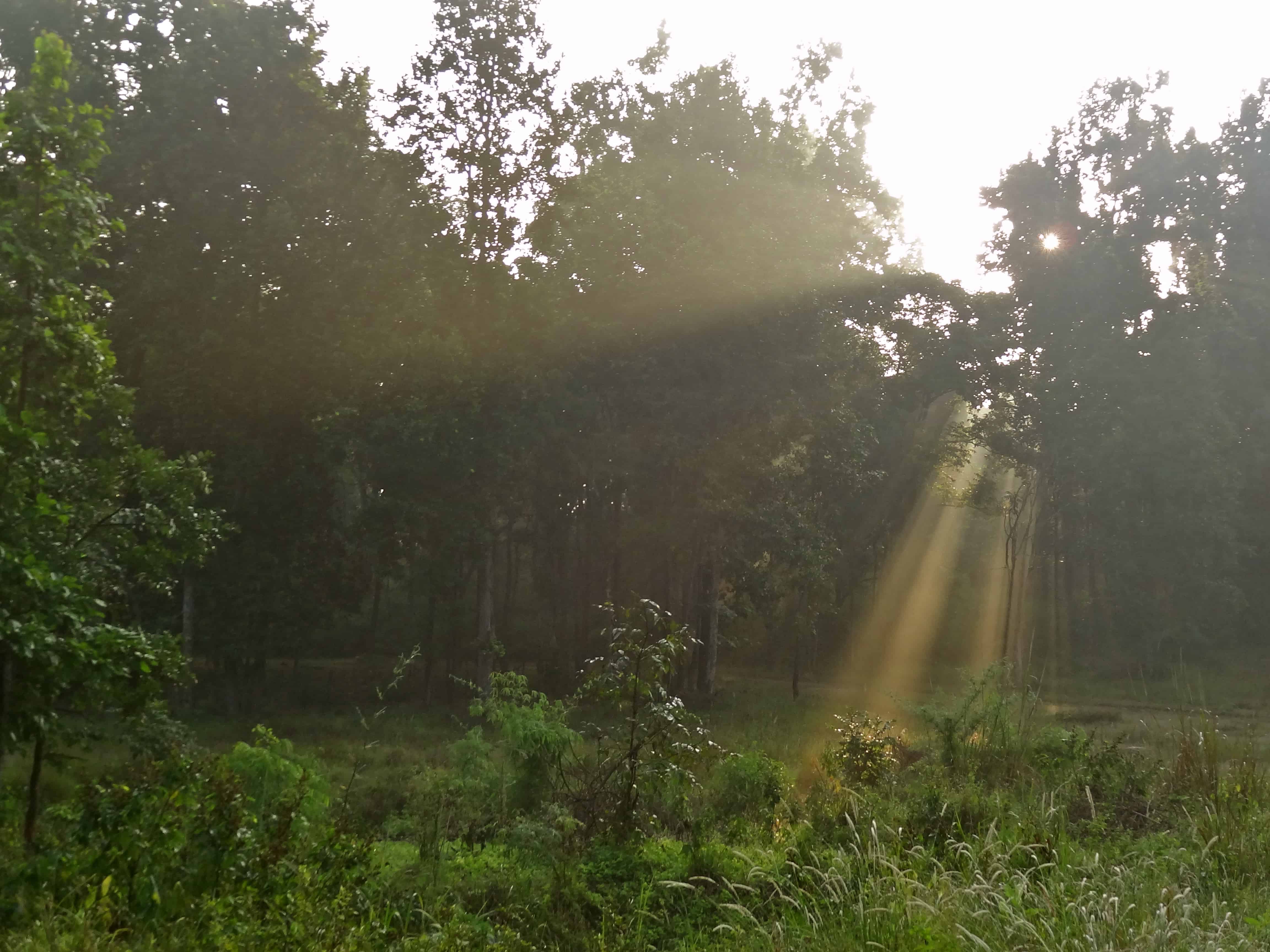
Our jeep comes to a screeching halt. In the distance, two low-lying eyes gaze upon us with a look so cunning, I still can’t get it out of my head. Our naturalist raises his binoculars, and confirms what we suspect. A leopard. It gently raises its spotted body, gives us a defiant last look, and disappears in the bushes. We are left gaping at the empty path, with goosebumps.
When Pugdundee Safaris first invited me on a week-long wildlife trip in Madhya Pradesh, I must admit I was a bit apprehensive. My past trips to national parks in Corbett and Sri Lanka had left me with the impression that wildlife tourism, jeep safaris in particular, are terrible for wild animals. Paved roads in the middle of the forest, racing jeeps, the constant pressure from people to see a tiger; it clearly seemed destructive of their natural habitat.
That impression is gradually changing, and not because of the bone-chilling encounter with a leopard. Bejoy, the naturalist at Ken River Lodge, linked the argument to economics; it makes economic sense for the forest department to preserve wild animals and their natural habitat only if they can make money off it. If there are tigers, tourists will come in droves to see them. And to preserve tigers, the entire forest ecosystem has to be preserved – the tiger’s prey, their prey’s prey, and so on…
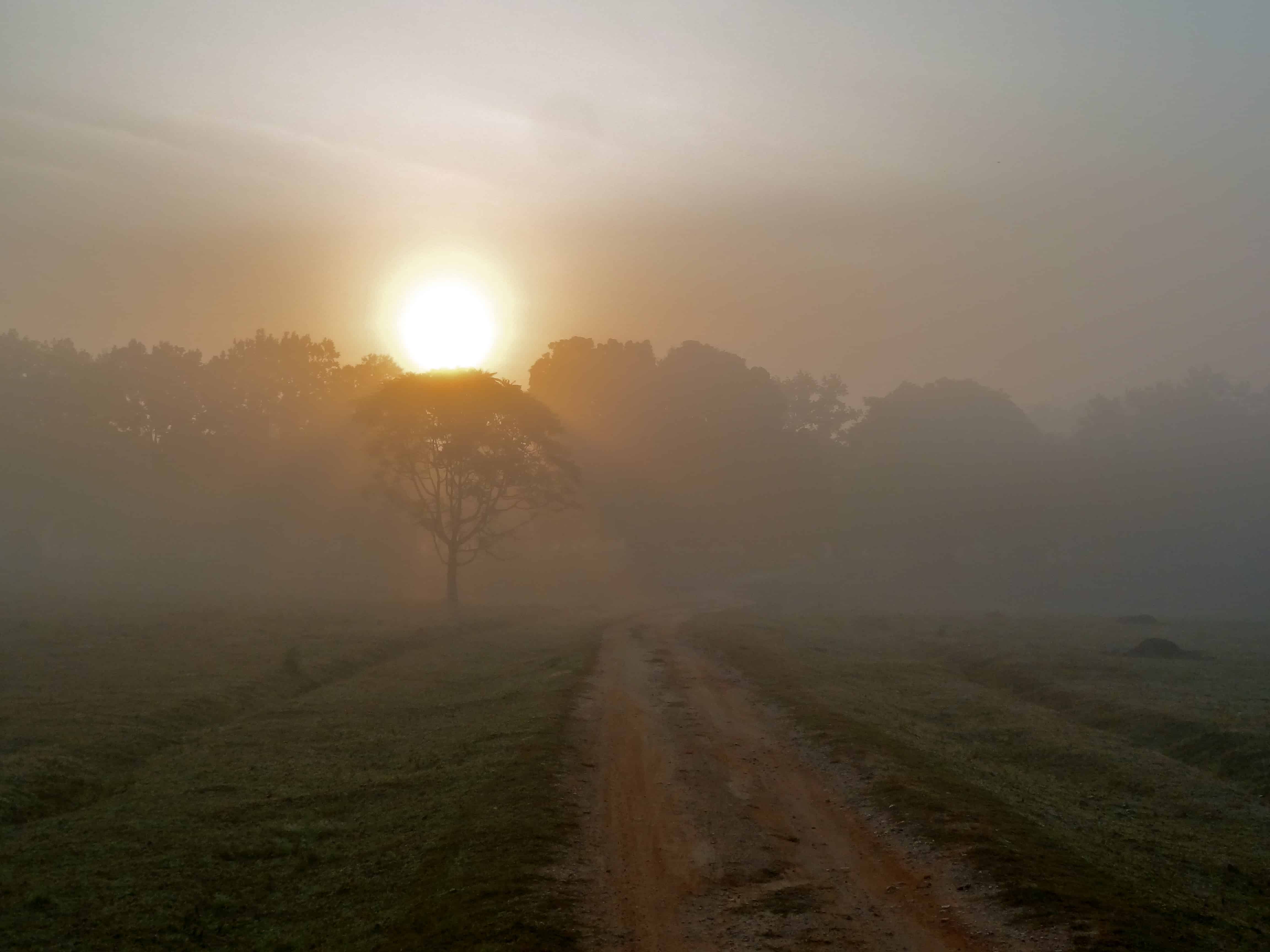
Tiger Poaching
That evening, we continue our jeep ride in Kanha National Park with bated breath. Every now and then, the forest echoes with husky langur calls, high pitch peacock calls, petite deer calls. We watch a crested hawk eagle surveying for prey from its vantage point on a barren tree. We see a tigress walk up a hill in all its grandeur, oblivious to the commotion in the forest and the jeeps trailing it.
Chinmay, a computer engineer-turned-naturalist at Kanha Earth Lodge, tells us that tiger numbers in Kanha have risen to 65, a gradual effect of the forest department’s efforts to stop poaching and conserve wildlife. The easiest prey for tigers are cattle owned by the village folk in the buffer zone. Devastated by the loss of their cattle, these folk would often sought revenge by poisoning the water hole or meat of the dead cattle, and make quick money off the dead tiger. Realizing this, the forest department started linking local livelihoods to tourism in the park, by employing locals as guides, forest patrol squad, and in other conservation activities. The locals now depend on wildlife tourism for a steady income, which in turn depends on wildlife numbers. The forest department also offers compensation as per market rate, to village homes whose cattle are killed by a big cat, so as to reduce the instances of revenge poaching.
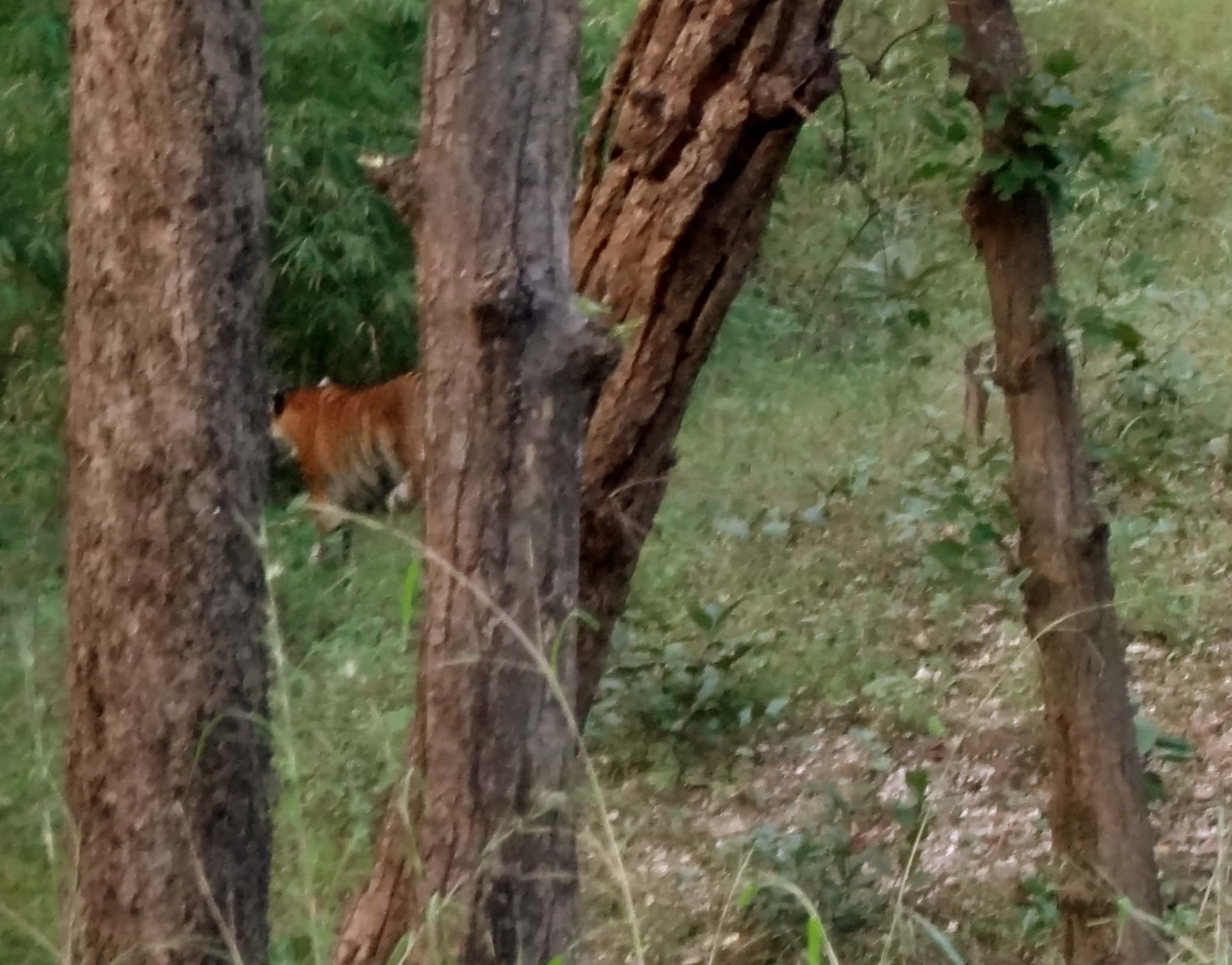
Monitoring The Big Cat
Back in 2005-06, the tiger number in Panna National Park fell to a meagre five. After a change of management, the forest department linked the fall in tiger numbers to the fall in wildlife tourism revenue, and relocated 4 tigresses and 1 tiger from other parks in Madhya Pradesh. The tigers were radio collared to keep a close watch on them and the newborn cubs were closely monitored.
In each park, 70-80% of the total park area has been closed off to tourism, so as to give the tigers some space. The driving paths have been left unpaved; tigers have soft paws and find it easier to walk in a natural clearing. Zone / route systems have been implemented to distribute the vehicular traffic. And forest guides strictly adhere to the safari timelines, so the animals can get used to particular intervals of disturbance; something we witnessed first hand on the evening we spotted a tiger – our guide and driver colluded to take the fastest routes to get out of the park in time.
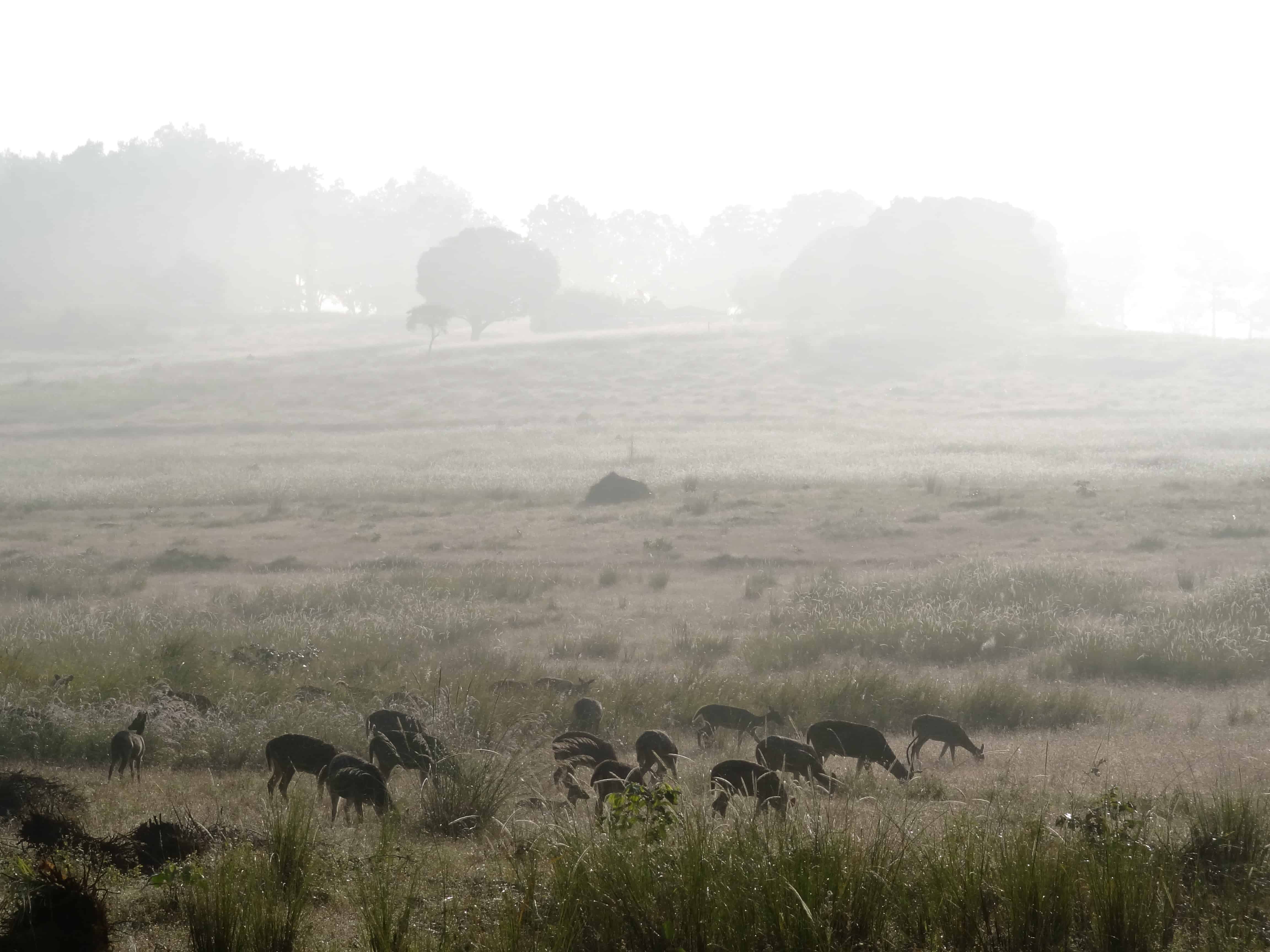
No one knows what you might find!
Though much of the forest department’s conservation efforts are reactionary, it is reassuring to know that Madhya Pradesh’s forests are being well looked after! A year or so ago, the naturalists of Pugdundee Safaris teamed up to look for the Caracal, a cheetah-like creature of the cat family (google it!), which can jump 15 feet high and prays mostly on birds (!); it was reported to have been spotted in Panna long ago. The team didn’t find the cat, but much to their surprise, spotted a wolf instead!
I leave fascinated by the mysteries that shroud our forests; in the dark of the night, when the jeeps are all gone, who knows what lurks in the wild.

I’m a wildlife tourism convert after my trip to Madhya Pradesh; what about you?
Note: I travelled to the national parks in Madhya Pradesh with Pugdundee Safaris. Opinions are always my own.
Join The Shooting Star on Facebook, Twitter and Instagram for more travel stories from around the world.
Hi there! I’m Shivya, and I started this travel blog back in 2011, when travel wasn’t trendy, Instagram didn’t exist and AI wasn’t a thing (simpler times, I know!). I write about slow, meaningful and conscious travel – that is good for us, the places we visit, the people we meet along the way, and the planet at large. Settle down, grab a cup of tea, and read stories that remind you of the essence of travel. I’m so glad you found me!


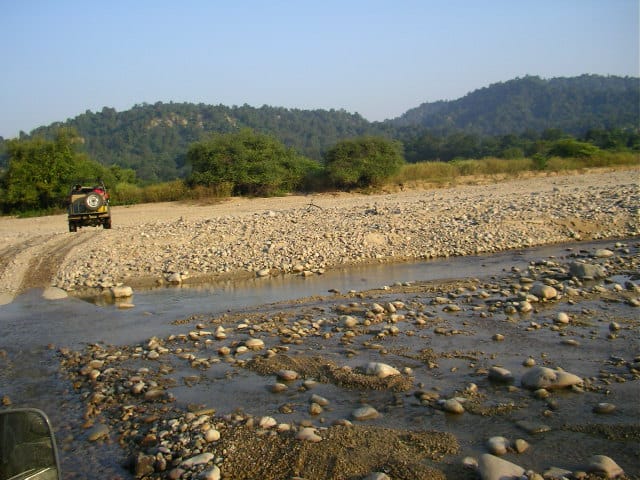

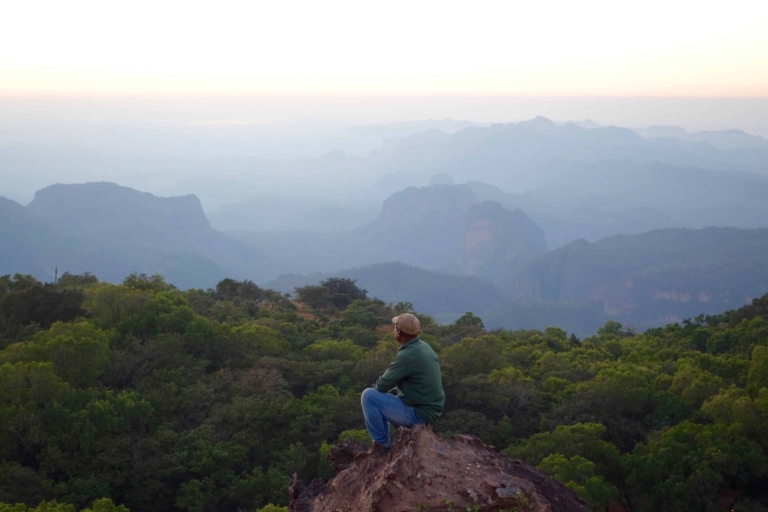



Sustainability, though a buzzword for institutions, is of paramount importance to me and my travel, to be specific. Thanks for sharing wonderful experience Shivya! An add on to my knowledge. \m/
Likewise. Especially when it comes to areas as ecologically sensitive as forests and the high Himalayas. Glad the naturalists could give me some perspective to share 🙂
I appreciate your effort of bringing out the plight of tigers. It’s strange that we want to spot them, but we don’t care for their conservation.
I know, which is why I think companies like Pugdundee Safaris are important; you could go to their lodges as someone only interested in spotting tigers, but they look into the conservation bit and try to make you aware.
I love national parks – of the two I know in Nepal, Chitwan is now over-touristy (though the sunset is still beautiful). But Bardia – which is difficult to get to and feels very remote – is unspoilt, with huge tracts of forest kept pristine for the animals – including rhinos, elephants and tigers.
I’ve also been on organised safaris in Africa – the most over-visited is probably the Ngorogoro crater, where one siting of lions hunting can lead to a fleet of jeeps in pursuit. But – as you say – the basic landscape is preserved. (And, early one morning in the Serengeti, we saw cheetahs hunting and it was wonderful!)
And your photos are lovely!!
Wow, those are quite some experiences Jo! I would love to visit Bardia someday. And see lions and cheetahs; hope there are efforts in place to conserve these wild species.
thanks for a sensitive post on the wild and wildlife. There never will be enough to be done. Here is an old post link that you may find it interesting. Hope you don’t mind me posting the link here.
http://cybernag.in/2011/05/stepping-into-the-wild/
Just read it. Beautifully written, and what a sighting and shot of a leopard. It’s true; the jungle rewards those with patience and the right attitude 🙂 Thanks for sharing the link. I’m linking it to my post.
Did you know that the famous shrine of Sabarimala is located inside the Periyar Tiger Reserve? Inspite of this the number of tigers have only increased there over the years. The presence of people makes it difficult for poachers to operate. Also it becomes very difficult for corrupt forest officials to collude with poachers or other miscreants who want to siphon off the forest resources. IMHO wild life tourism, if it is done in a responsible manner is beneficial to the forest and its inhabitants.
I agree, Ranjith. Sad as the reality and reasoning behind it is, wildlife tourism is doing more good than harm.
The Caracle is an odd looking animal, but it preys on birds?! Wow. Love the last picture!!
I know, right?! It would be amazing if they find it in our forests.
Hi Shivya,
Its commendable that you took the effort to throw light on the plight of tigers in India. I agree with you on the commercialisation of safaris in Jim corbett. when i went there a few years back, i saw hoardes of tourists on noisy jeeps trying to get a glimpse of the tiger. Not one was seen! Obviously, if we destroy their natural habitats, there numbers will dwindle.
Glad to hear that in Kanha, local initatives are helping to stop poaching and revenge .
Thanks,
Pallavi
I have to thank the wildlife enthusiasts who work as naturalists for sharing the plight of the tigers / forests with me. But I’ve caught on to their optimism, and hope that our forests have a brighter future. Thanks for reading as always, Pallavi!
I am just back from a four day stay with Pugdundee in Kanha, too. I must say I had the same apprehensions about wildlife travel, too, and just like you, I am now a convert. 🙂 I have now realised the ways in which wildlife tourism actually helps protect the wildlife.
Lovely post, Shivya!
That’s awesome! I’m glad you’re a convert too. How was the jungle experience in Kanha? I absolutely loved the early mornings there.
LOVED it, of course! 🙂
the wolf’s such a handsome guy(or girl?)..
the sunrise photo in particular,& other photos too are fascinating
a very interesting & different read as well this time.
much thanks for sharing
I’m not sure if it’s male or female! Glad you liked the photos and enjoyed reading these snippets 🙂
Commendable work!
Thanks Bijit, all thanks to the experience!
I agree that responsible wildlife tourism, particularly where locals in the buffer zone are also made participants is very positive.
In Corbett, which I visited in the summer of 2010, I felt it was completely missing. We saw at least 2/3 jeep drivers, all part of the system, playing loud music apparently on the request/payment of people who hired them. Pathetic.
I for one believe that if technology is properly harnessed, like a simple thing like maintaining a regular blog, with pictures n stories, some of us would even happily contribute through donations, even without physically visiting the premises…double benefit for conservation…money comes in with zero carbon/environmental impact.
That’s a great idea, harnessing technology to create awareness and interest in wildlife. I’m going to suggest it on your behalf to Pugdundee Safaris and see what they think!
love you work….keep it up
It depends on how the tourism is managed by Govt Departments. Recently I visited Mudumalai – Bandipur tiger reserves. We didn’t see any tiger. But plenty of other wild life. There is a significant increase in elephant population, I believe. I was told that leopard and tiger sightings are frequent now.
The core area of the park is not used for safaris. Private safaris inside the reserve forest is banned. Regulated Wildlife Tourism is a way forward.
Loved the article. I was in South East Asia last year traveling around, and most of the parks were left barren. Most of the answers I got to “Where are the animals?” was that illegal poaching to meet Chinas Wild Game and traditional medicines was the problem. When I finally made it to China, on the street corners in broad day light they were selling tiger parts. It was the most disturbing thing I had seen in a long time. Are the tigers in India facing the same problems with poaching?